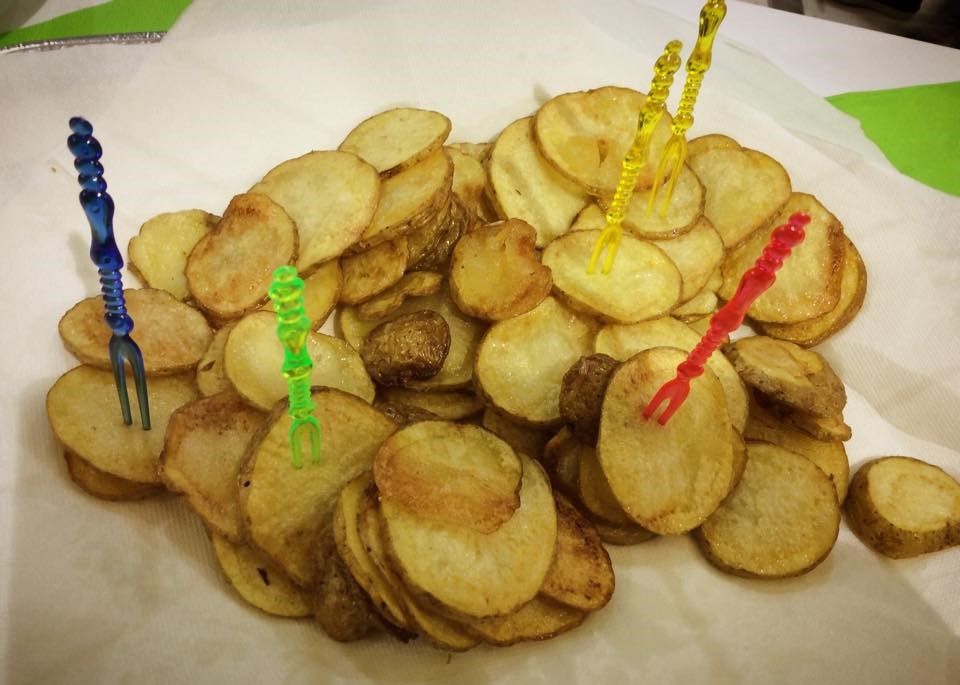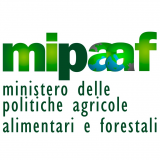
Originally from Peru, the Patata della Sila was introduced by the Spanish, who first brought it to Galicia and then their domains in Italy. From here, it began to spread throughout all of Europe in the sixteenth century. Native to the Andes, the Patata della Sila is particularly suited to high altitudes and sloping fields.
The cultivation of the Patata della Sila has a long and well documented history. The first trace of it can be found in the Statistics of the Kingdom of Naples from 1811. In 1955 the “Sila Centre for the Multiplication and Selection of Seed Potatoes” was established, with the task of promoting the use of the certified seed.
Studies conducted at the end of the 1980s showed that the Sila Plateau was one of the most important areas for the production of seed potatoes, with the overall highest average size of establishment. Indeed, the cultivation of potatoes has always been an important source of income for this area. Over the course of the years, the farming families of Sila have continued to pass down the tradition of potato growing, and though it was introduced in historical times, it is only in recent decades that a positive economic and productive system has developed.
The product
The designation Patata della Sila IGP refers to the tuber of the species Solanum tuberosum, from the Solanaceae family, obtained from the varieties Agria, Desirèe, Ditta, Majestic, Marabel and Nicola. The Patata della Sila IGP is distinguishable by and esteemed for its excellent culinary qualities, especially when fried, because of the high content of dry substance, which is much greater than in other potatoes.
The Patata della Sila IGP is particularly popular in markets in Sicily, Puglia and Campania, with which producers have maintained stable business links since the 1950s.Its ability to be stored and to maintain its organoleptic characteristics means that, historically, the potato has been widely used as part of the winter supplies for all these areas.
The climate and soil of the area in which this product is cultivated is of great importance, as from the point of view of soil granulation, the land in Sila is mostly loose, and tends to be sandy with fine grains, and therefore very permeable and easy to work. As such, it is has a good supply of organic substances and is therefore naturally fertile. In terms of the climate, the weather in Sila Plateau is extremely dry in the summer and cold in the winter. The temperatures recoded show an increase in the period between April and May, making it ideal for sowing.
The area is completely free from sources of air and/or water pollution, as there are no industries based in the region and there are no motorways or major extra-urban roads. The exploitation of Sila soils is extremely contained, and the potato is the only vegetable product grown on the plateau, with rotation at least every two years on the same land, where the Solanaceae is usually alternated with grain or forage.
Production
The land used for the cultivation of Patata della Sila IGP must be prepared in order to facilitate the draining of water and to avoid water stagnation. Ploughing is carried out in autumn or more frequently in spring.
Patata della Sila IGP must originate from certified seed potatoes according to the national standards for seed production and the seeds are sown during the period between April 15 and June 30. The potato requires quite a lot of water during the period of the year with reduced rainfall. Irrigation is therefore carried out with sprinkler systems using flows or drips.
The potatoes are harvested by removing the tuber from the ground by hand or with machinery, and this is done exclusively between August 20 and November 30.
They are stored in the dark at ambient temperatures for a maximum of 8 months, or in special refrigerating rooms with temperatures between 5° and 10° C, and humidity equal to 93-98%, for a maximum of 10 months.
The local area
The production area of the Patata della Sila IGP includes various municipalities within the Sila Plateau. Located in the heart of Calabria, on the border of three provinces - Cosenza, Catanzaro and Crotone - this unspoiled place is reminiscent of landscapes found much further north.
La Sila covers 1,700 square Km and is a plateau with an average altitude of over 1,300 m, covered by a huge forest largely made up of beech and conifers. The land is full of water resources, and this has made it possible to create artificial lakes, which have been perfectly integrated with this enchanting natural setting, making it even more striking.
The area is commonly divided into Sila Grande (Great Sila), Sila Greca (Greek Sila) and Sila Piccola (Small Sila). The area known as Sila Grande, the central part of which corresponds to the Fossiata region, largely falls within the Pinus laricio (Corsican Pine) belt. The area of the park that overlaps with Sila Piccola, the central part of which is dominated by Monte Gariglione, falls within the beech tree belt.
Numerous predators live in the Calabria National Park, from small mustelids such as badgers and martens, to canids such as wolves and foxes. It is easy to spot black squirrels, roe and other types of deer, which are reared and released within the protected areas.
By Consorzio di Tutela Patata della Sila IGP with MiPAAF



